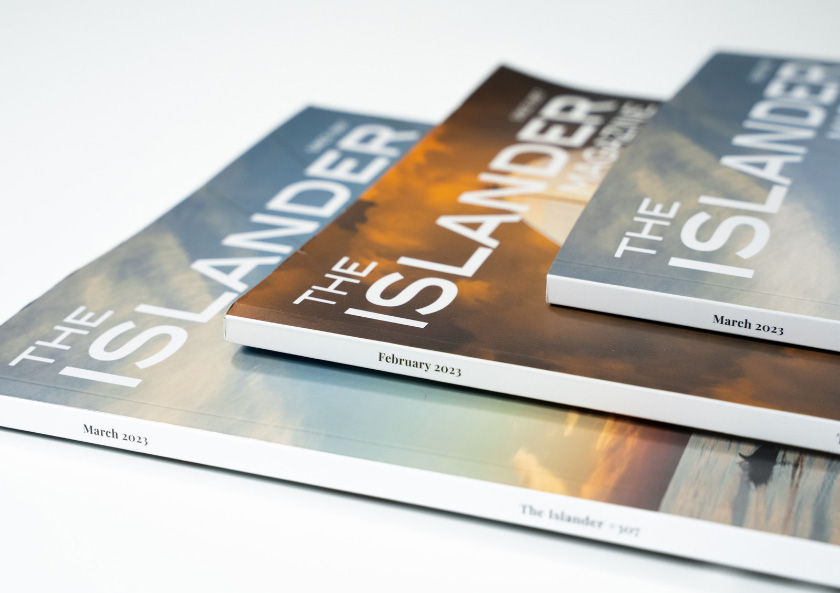RIBs, day boats, sports boats and yacht tenders are generally considered as ‘up to 10m’ open boats and they need handled with safety, care, responsibility and with skill, knowledge and competence; these skills develop over time, following a good basis provided by training and followed by experience.
There are so many considerations when you are responsible for a vessel at sea: any vessel from a personal watercraft and a RIB to a sailing yacht and a superyacht. You should always be one step ahead. Driving a boat in calm open water is one thing, but what hazards are lying in your path? Do you have enough depth to enter your chosen drop off point? Have you practised your manoeuvring skills to the point that should the side wind take effect in that narrow channel you have the experience to handle the position and moor safely? If a rogue fishing net caught your prop as you are in close proximity to the other boats, how will you handle the vessel? (This happened to me recently in Marina La Llonja, when an illegal net caught the starboard prop of a motor cruiser).
The RYA developed a two-day syllabus to cover basic powerboat handling. The course is referred to as “Level 2” and is considered an entry level course which teaches basic boat handing, as is intended for use on vessels up to 10m in length, by day and in fair weather. If used commercially there is a limitation of 3NM from point of departure.
The “PB2” is considered a must-have on any yachtie CV, yet yacht crew are being asked to operate ever more sophisticated and powerful craft, often in demanding situations. As an Advanced Instructor I am concerned that this often goes beyond the scope of the basic syllabus, and therefore crew require further training. In particular, as crew are often operating in darkness and in unfamiliar places, night navigation and pilotage would be key skills to cover. Training to ensure safe carriage of people is also an important factor at play here.
Over the years we have all heard many horror stories involving yacht crew and accidents in yacht tenders at night. These include crew travelling through anchorages at high speed colliding with other vessels; driving into anchor chainscausing them to be ejected from the boat and hitting fixed objects. Many of these incidents ended in tragedy and could have been avoided if crew were better prepared. A yacht tender drivermust have the proper skills and level of awareness to carry out the tasks being asked of them. Yachting is a demanding industry, and a high level of professionalism is required.
So let’s make this better and see what courses are out there.
Due to industry demand and a partnership between the RYA and PYA, a course was developed called ‘Tender Operator’. It’s a more advanced syllabus, building on the basic training of the ‘PB2’ and is specifically geared towards the superyacht industry. The course runs over two days, as its predecessor, and sets out to improve boat handling to develop confidence and ability. Techniques for passenger transfers and management will be taught while introducing pilotage during the day, and at night, for safe passage from the yacht to shore. However, this certificate cannot be commercially endorsed so admittedly it has been a ‘difficult sell’. Arguably some captains have indicated that if it’s ‘just’ a course completion certificate, then they’ll be provided with onboard training in-house, whereas other captains have embraced the concept and I have personally taught experienced yacht crew to this higher standard. During these training sessions I have faced challenges with candidates holding OOW, Chief Mate, Second Officer positions who, admittedly at first thought the course was beneath them, yet during the training they realised the skills they had perhaps not practised in some time and the end result was an appreciative crew with far greater understanding of night navigation and safety aspects with passengers onboard. Always a highlight for any instructor!
A course that does sit well within yacht tender/chase boat drivers is the Advanced Powerboatcourse. A training session run over two days and one night and can be concluded with an independent exam to achieve a Certificate of Competence.
The course is designedto provide you with the confidence to carry out more challenging coastal passages and high-speed driving in dark hours. It’s a thoroughly enjoyable course and can be demanding, as it truly develops boat handling skills and puts more advanced navigation techniques into practice. Some of the key learning points include; preparation for sea, passage making responsibilities, meteorology, rules of the road, emergency situations, as well as night cruising and high speed pilotage.
To meet the requirements for the Advanced course, you should have been boating for a few seasons and hold a current First Aid course completion certificate and a VHF marine radiolicence. Theory knowledge up to the level of Yachtmaster Coastal.
For working in the yachting industry as a commercial mariner, it is essential to pass the Advanced exam, through an independent examiner. Upon successful completion of the exam, you can apply for commercial endorsement and can work on commercial vessels up to 24m in length, operating in category 3, 4, 5 and 6 waters, that is up to 20NM from a safe haven.
As one of the few Advanced Instructors in the Balearics, I have taught the above courses to many yacht crew, including captains and officers. It’s rewarding to deliver this training, as everyone who attends, regardless of their level of experience, can progress. I feel that this level of training is a necessity for crew and I personally look forward to a season free of fatal incidents. Not all training centres are recognised to deliver this higher level of training so please research well before choosing your training centre.
I can be contacted at any time through social media or c/o The Islander magazine, for any advice and assistance I can provide.
Nathan Skinner
Facebook.com/NathanSailing













0 Comments